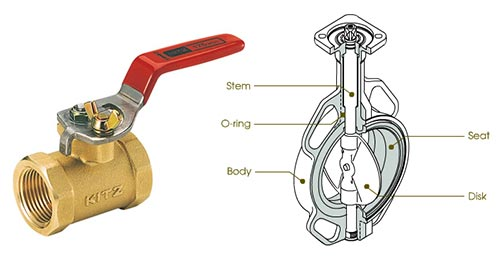We are committed to providing one-stop service for steel pipe products to customers around the world.
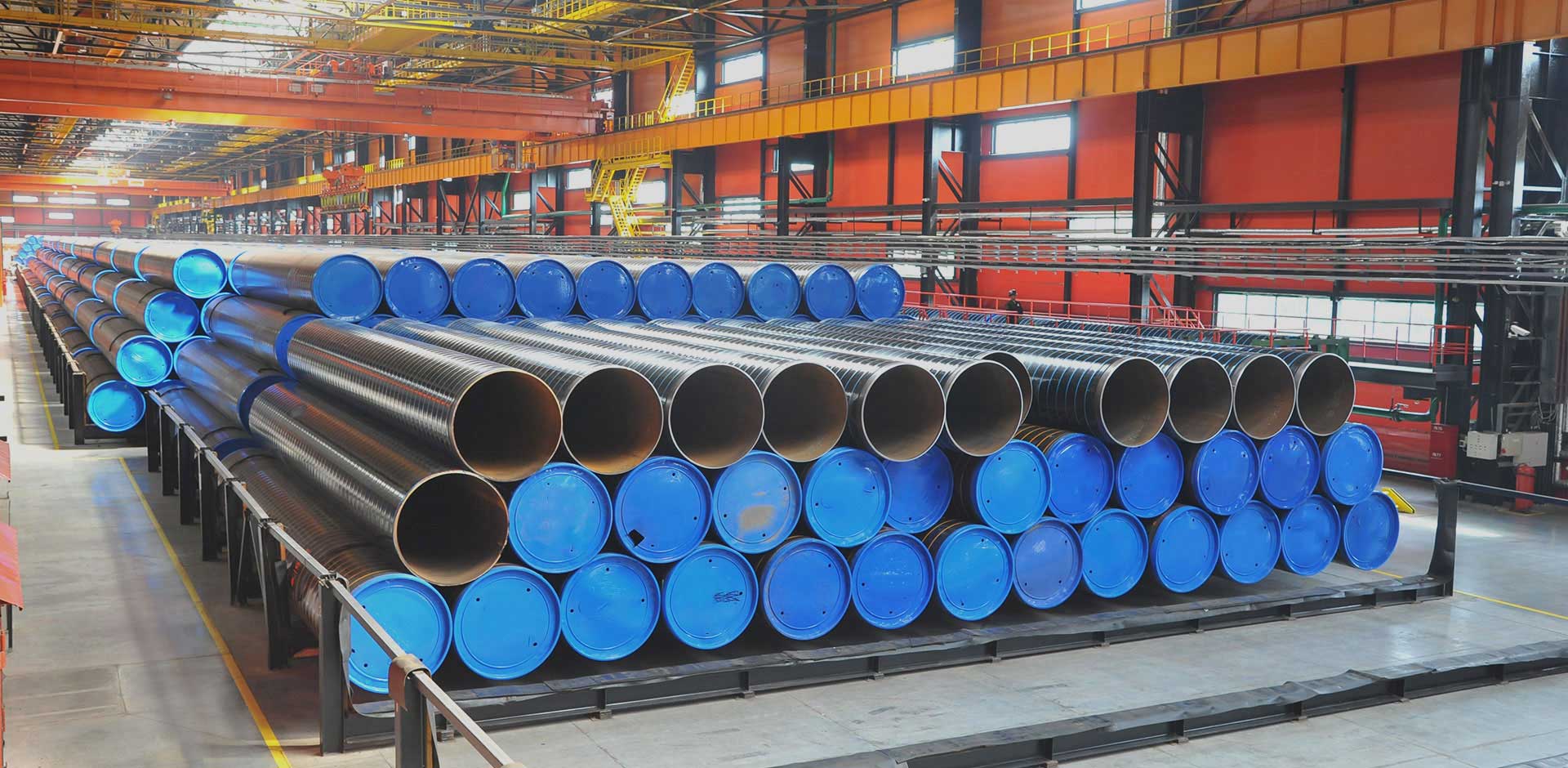
Gate valves
Gate valves are an oldie, but still a goodie. Chiefly used for commercial, industrial, and
institutional applications these days, gate valves feature... well, a "gate" (also referred
to as a wedge, or disc) that when lowered, seals off the flow. When raised, it's retracted
into the body of the valve, which means no loss of flow; the inside diameter of the valve
matches that of the pipe it's connected to. This is all controlled by a wheel handle, and
can be of the "Open Stem and Yoke", or the "Non-Rising" varieties: with an open stem and
yoke, the handle moves down the stem with the gate; non-rising stems remain fixed. The clear
benefit of the open stem and yoke is that you're given an indicator of the valve's status:
if the handle is down, you know it's closed. However, depending on the size of the valve,
there may not be enough space for its operation: enter the non-rising gate valve.
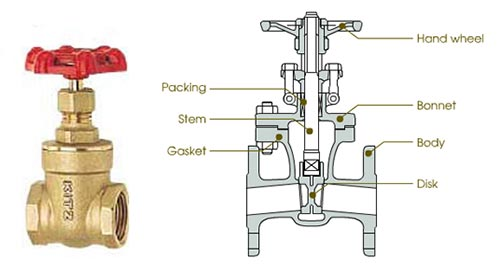
Globe Valves
This type operates using a stopper, which is lowered onto a baffle, blocking flow. Because
of the space the baffle takes up inside the valve, flow is restricted, making these exactly
the wrong type of valve to use in a full-flow situation. They are, however, good for
throttling and are not bothered by frequent operation.
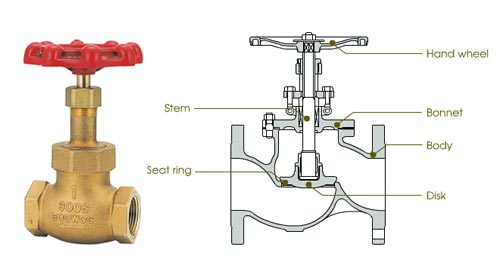
Ball Valves
Probably the most widely-used valve design, ball valves employ a cored, rotating ball to
control flow. Usually operated by lever handle, they also offer a quick view of their
status. Their design makes them ideal for full-flow applications, and their easy, low-wear
operation is also excellent for throttling. A quality ball valve can be opened and closed a
hundred times a day with little impact on the valve mechanism itself, so you can expect to
get a long life out of these valves with very little maintenance or trouble. They come in a
very wide range of materials and styles, including brass, stainless steel, PVC, threaded,
and push-to-fit, to suit almost any application.
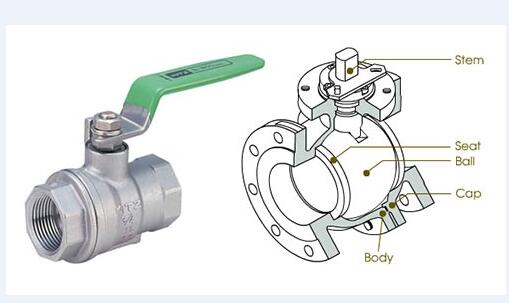
Butterfly Valves
The butterfly moniker refers instead to the mechanism inside, essentially a disc that
rotates by handle turns; this of course means that flow is reduced through the valve.
Although these valves can be used for throttling – some include locking mechanisms on the
handle to counteract the force of water on the disc – they are best utilized fully opened or
closed. Among the valve types, butterfly valves are compact, with relatively short bodies,
making them significantly lighter than other types. Keep in mind, however, that these valves
rely on a gasket which will eventually need replacement.
